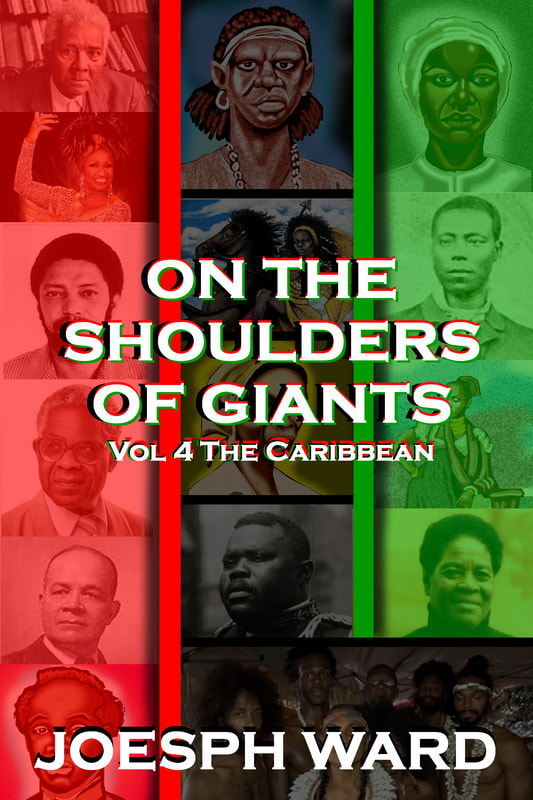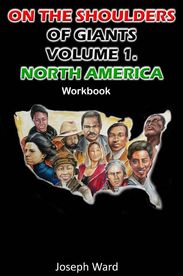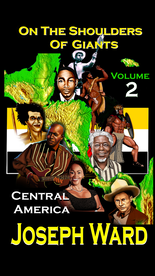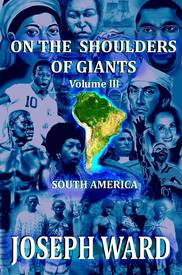|
The legend John Horse was born near Micanopy, Florida during the time of the War of 1812, his mother was an African woman who was a slave of his father, who was a Seminole Indian slave trader named Charley Cavallo. John Horse and his mother were the property of Cavallo but lived in one of the Oconee Seminole settlements populated by black people along the Suwannee River. In 1817 during the First Seminole War, John Horse’s settlements along with others were raided by American forces led by then President Andrew Jackson. They displaced many families and enslaved a number of the black people they captured; following the displacement of the Seminoles John Horse was living amongst the Oconee Seminoles near the Tampa Bay. As a child John Horse was known as Juan, he earned the name “Gopher John” after it was discovered that he was swindling his personal cook, he would sell him the same tortoise pretending it was different tortoises, in exchange for the cook’s meals; the particular tortoise he was using was the gopher tortoise. As John Horse grew into manhood he would join his fellow Seminole warriors in their fight against the American forces. The Second Seminole War began in 1835 and the American forces were trying to force the Seminoles and the blacks off of their lands. During the war John Horse served as a field officer, translator, War Chief and political negotiator for the Seminoles. As the war drew on John Horse and other blacks were promised freedom and allies if they would surrender to the American troops and agree to be relocated. Horse agreed to the terms and was later “granted” his freedom papers by General William J. Worth and was quickly shipped to Indian Territory in Mississippi; John Horse also learned that he was lied to because all the blacks who agreed to relocate were not freed, including his second wife and children. During his time as an active body in the Second Seminole War John Horse served the Americans as a scout and translator, this experience helped him have a better view of their American enemies as he became a leader of the black Seminoles in Mississippi. This experience also helped John Horse return to Florida and continued to work as a go between for the Seminoles and the American forces. He allowed himself to be used in convincing fellow Seminole Chief Wild Cat to give up his land and move to the territory in Mississippi; once his job was done he too was shipped back to the territory. Mercy was shown to John Horse by the Seminole Counsel and Chief Micanopy as they agreed to grant John Horse his nominal freedom from ownership of the Seminole Nation; this was his third time being freed. It is said that the Seminole Indian transplants into the territory in Mississippi were living under the jurisdiction of the Creek Indians who had different cultural practices. One of the cultural differences was the practice of chattel slavery; the Seminoles did not practice chattel slavery and lived in harmony with free blacks. The other Indian tribes did not want the free blacks to associate with the Seminoles and tempt their black slaves to seek freedom. The free blacks and black Seminoles soon became targets of raids by the other tribes and whites to capture and enslave as many of the blacks as they could. This prompted John Horse and Wild Cat to organize and resist the raids. When Seminole War Chief Dembo Factor was captured John Horse, Wild Cat and the Creek counsel protested the kidnaping and eventually won the release of Dembo Factor. In 1844, John Horse would travel to Washington D.C. to argue for a separate land grant for the Seminole Indians outside of Creek territory. They were denied but John Horse was determined to get change for his people. He traveled to Washington D.C. once again by himself to appeal to General Jesup, he convinced Jesup to visit the Indian Territory for himself, following Jesup’s visit two new facilities were built for the Seminoles outside of Fort Gibson under the protection of their Army. Large numbers of Seminoles moved to the facilities but they still lived under the threat of raids by the Creeks, whites and others. John Horse was attacked once and shot by what was considered as a creek assassination attempt, after the attack John and his family moved back into the walls of the fort. Marcellus and William Duval were two white men with connections in Washington working to reinstate chattel slavery for black Seminoles; they were working hard to persuade then President James Polk to enslave the black Seminoles. General Jesup’s granting for the freedom the black Seminole was deemed illegal by John Mason and the Seminole Counsel, the black Seminoles were once again considered chattel slaves of the Seminoles. The Seminoles were forced back into the territory of the Fort in Mississippi and because the free blacks and the black Seminoles were considered slaves again up to 280 of them were kidnapped and enslaved. John Horse and Coacoochee led a protest against the enslavement of blacks and black Seminoles, the two men would also led over one hundred blacks into Texas fleeing slavery from 1849 to 1850; and they were pursued by Texas Ranger’s and the Duval’s. John Horse and Coacoochee had a brief encounter with Comanche forces but managed to escape and meet up with Major John L. Sprague, at the springs of Las Moras close to the Mexican border. It was later learned that someone within the fleeing party tipped off Texas rangers of the whereabouts of John Horse, Coacoochee, Sprague and the fleeing blacks. Trying desperately to reach free lands the fleeing blacks made a dash for the Mexican border, as they reached the Rio Grande the Texas Rangers caught up with them but not soon enough. The blacks made it across the river and connected with Mexican officials in state of Coahuila. In exchange for their hospitality John Horse and his band agreed to help Mexico fight off any raids from Texas. In 1882, as a seventy year old one of his last fights came when the land the Mexican Government promised the Seminoles was being threatened by greedy land owners. John Horse rode into Mexico City to secure written agreements giving the land to the Seminoles. Unfortunately he died during his mission, but it was typical of the type of man he had become; John Horse had no problem putting the safety of his people over his own safety. He made some questionable moves during his time as a Seminole leader, some which led to increased hardships for his people, but ultimately he understood that the freedom of black people was more important to him than anything else. John Horse, we proudly stand on your shoulders. J.A. Ward. References:
http://www.blackpast.org/aaw/horse-john-1812-1882 http://www.johnhorse.com/black-seminoles/faq-black-seminoles.htm#John http://www.seminolenation-indianterritory.org/johnhorse.htm http://www.truth-out.org/news/item/38482-a-thanksgiving-ode-to-john-horse-and-the-black-seminoles https://en.wikipedia.org/wiki/John_Horse
0 Comments
Leave a Reply. |
Details
Categories
All
Click Here to join our mailing list
|
Contact Us: |
Connect With Us |
Site powered by PIT Web Design
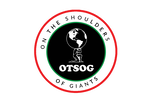
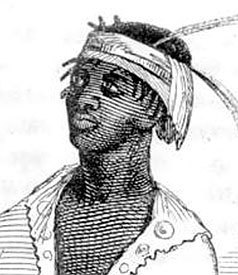
 RSS Feed
RSS Feed
